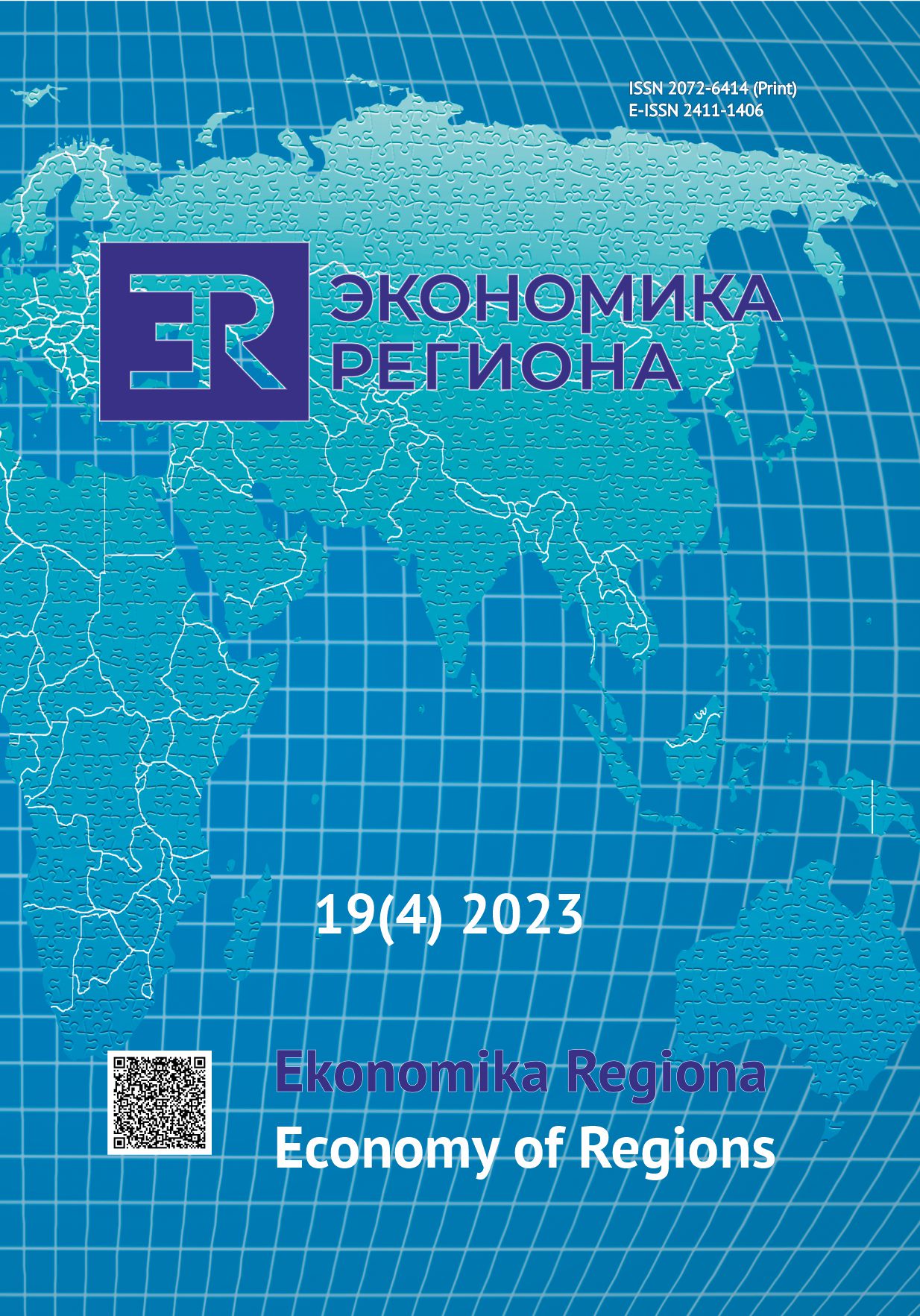Бедность и экономический рост в российских агломерациях: тенденции и зависимости
Poverty and Economic Growth in Russian Agglomerations: Trends and Dependencies
Author(s): Natalia А. Roslyakova, Vladimir Valentinovich OkrepilovSubject(s): Economy, Micro-Economics, Social differentiation, Socio-Economic Research
Published by: Институт экономики Уральского отделения Российской академии наук
Keywords: poverty level; population dynamics; economic growth; agglomerations; regression analysis; Kuznets curve;
Summary/Abstract: Strategic documents define a list of Russian agglomerations that are expected to significantly contribute to the national economy. However, the question whether there is potential to achieve the set goals remains unresolved. Population dynamics as a key aspect of economic sustainability of agglomerations and regions can lead to a transformation of economic potential. The study aims to clarify and quantify the relationship between the parameters of poverty and economic growth considering the population dynamics of agglomerations and regions. Official statistics, as well as the SPARK-Interfax database of companies’ performance indicators were analysed. The article uses statistical and econometric methods. The 2008-2022 data on population dynamics in agglomerations and regions of their location were used to establish a typology of Russian agglomerations. At the next stage, a regression model of the relationship between the proportion of people living in poverty and gross metropolitan product per capita was built based on the 2008-2020 data. As a result, the Kuznets hypothesis was rejected. The following relationship is observed in all agglomerations: after the turning point, economic growth is accompanied by an increase in poverty. The transition poverty level is 6.6 % for Saint Petersburg, 12.9 % for Novosibirsk and 13.8 % for Vladivostok. Analysis of the hypothesis of List and Gallet for agglomerations characterised by positive population dynamics (Saint Petersburg and Novosibirsk) proved that poverty declines accompanied by further economic growth after the poverty rate of 9.1 % and 14.8 %, respectively. The findings can be used to formulate management responses to the challenges associated with negative socio-economic trends. Future studies can expand the list of examined agglomerations and consider their industry profiles for a more detailed assessment of the impact of transformational changes.
Journal: Экономика региона
- Issue Year: 19/2023
- Issue No: 4
- Page Range: 1048-1061
- Page Count: 15
- Language: Russian

